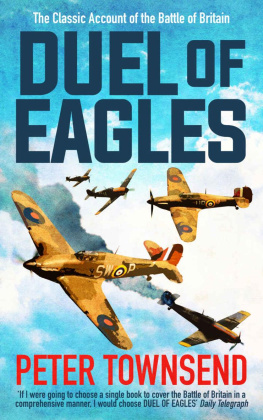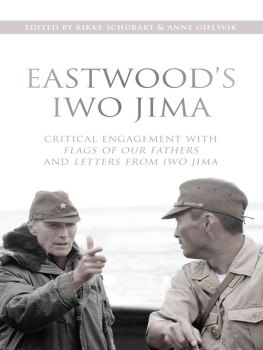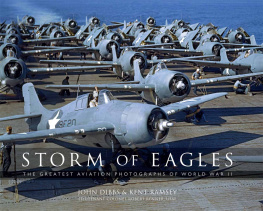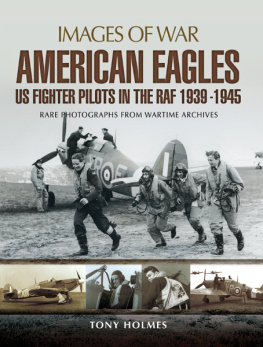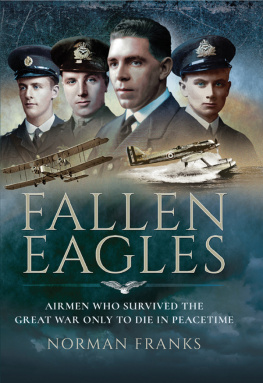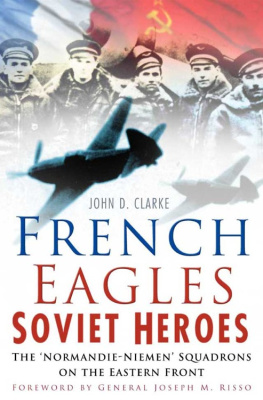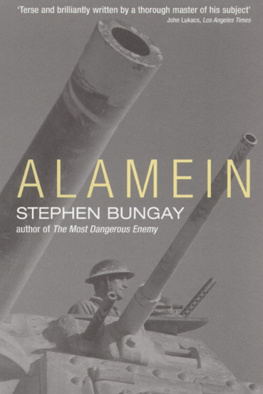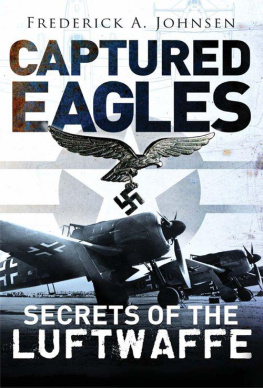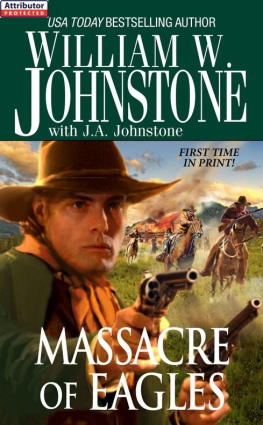Published in 2012 by I.B.Tauris & Co Ltd
6 Salem Road, London W2 4BU
175 Fifth Avenue, New York NY 10010
www.ibtauris.com
Distributed in the United States and Canada Exclusively by Palgrave Macmillan
175 Fifth Avenue, New York NY 10010
Copyright 2012 Howard Hughes
The right of Howard Hughes to be identified as the author of this work has been asserted by him in accordance with the Copyright, Designs and Patent Act 1988.
All rights reserved. Except for brief quotations in a review, this book, or any part thereof, may not be reproduced, stored in or introduced into a retrieval system, or transmitted, in any form or by any means, electronic, mechanical, photocopying, recording or otherwise, without the prior written permission of the publisher.
ISBN: 978 1 84885 650 9
eISBN 978 0 85773 224 8
A full CIP record for this book is available from the British Library
A full CIP record is available from the Library of Congress
Library of Congress Catalog Card Number: available
Preface
WAR AND REMEMBRANCE
World War II (19391945) was the most globally important historical event of the twentieth century. From Italian troops invading the Stone Age people of Abyssinia, to Adolf Hitlers mechanised Blitzkriegs and Americas atomic bombing of Japan, it also charts the major developments of twentieth-century warfare. This was the first truly world war, with combat touching most continents. The principal theatres of war were Europe, Asia and the Mediterranean (including the North African coast, Greece and the Balkans) and the war on the Eastern Front in Russia the campaign that ensured Hitlers grand designs were ruined. Germanys war with Russia was a massive conflict, where the fighting was on a larger, more ferocious scale, the distances were greater and the troop casualties higher than in any other area of the conflict.
When Eagles Dared is a salute to the men and women who participated in the war and the filmmakers who have immortalised their stories on screen. Each chapter discusses a theatre of war, an event, a campaign or battle, by explaining the historical background and then examines how filmmakers have depicted these events. Also in each chapter there is a focus film which best represents the chapters subject, though many further films are analysed within this format. To take one example, the chapter discussing the War Behind the Wire focuses on The Great Escape (1963), the most famous and successful WWII prisoner of war film, but also discusses many other examples, from The Wooden Horse (1950) to Escape to Victory (1981). The selections are not restricted to American or British depictions of the war and throughout the book you will find films offering Italian, German, French, Japanese, Yugoslavian, Algerian and Russian perceptions of the conflict. Some films I discuss are famous, highly regarded and successful, while others are less so. All offer interesting perspectives on the conflict, as these storytellers brought history to life onscreen, however accurately. I imagine that almost all participants in WWII would agree that there has never been a movie made that has completely expressed the Hell on Earth of combat. There is no real way to fully convey the sensory experience of war the smell of burning flesh, the acrid smoke, the screams, the noise, the blood, the fear.
WWII films have mirrored changing times and public tastes. During the war itself, films tended to be propagandist message stories, designed to lift the nations spirits. In Britains case this included such films as The Lion Has Wings, Went the Day Well?, The Way Ahead, We Dive at Dawn and In Which We Serve and Hollywood produced Back to Bataan, Casablanca, G.I. Joe, Mrs Miniver, Guadalcanal Diary, Objective, Burma!, Immortal Sergeant and They Were Expendable. When the war ended, audiences demanded escapism, adventures which fed the imagination but gradually drifted further from the truth. In Britain audiences flocked to The Colditz Story, The Dam Busters, Ice Cold in Alex, Dunkirk, Reach for the Sky and The Cockleshell Heroes, while in America Flying Leathernecks, From Here to Eternity, To Hell and Back and Stalag 17 were typical 1950s war fare. The beginning of the 1960s marked the emergence of the all-star international war epic, part of a trend that saw cinema reacting to the threat posed by television. This resulted in the release of widescreen spectacles such as The Guns of Navarone, The Longest Day, The Great Escape and Where Eagles Dare. There were war film comedies (Kellys Heroes) and cynical, violent action movies (The Dirty Dozen). From the late 1970s onwards there has been a renewed attempt to bring authentically grimy realism to WWII films, from Cross of Iron, The Big Red One and The Boat (Das Boot) to Saving Private Ryan, The Thin Red Line and Letters from Iwo Jima. Since the turn of the twenty-first century, as the war fades ever further from memory, filmmakers have made films both in the ultra-cynical style of The Dirty Dozen as in Quentin Tarantinos Inglourious Basterds or else explored docu-realism, with such films as Downfall, a meticulous recreation of the fall of Berlin.

WWII films fall into four broad subgenres. The first is travelogue war movies, which follow a character or group of characters through the historical events of the war. These films include To Hell and Back, The Victors, The Big Red One and Saving Private Ryan, and also biopics such as Patton, MacArthur and The Desert Fox. The second is re-enactments of historical events, usually deploying star names in the principal roles. Key examples of this category include The Longest Day, Battle of Britain, Stalingrad, Sink the Bismarck!, A Bridge Too Far, The Battle on the River Neretva, Tora! Tora! Tora! and Battle of the Bulge. These films provide accurate depictions of historical events often at great expense with realistic drama, good stories and largely convincing performances. The third category is adventure movies, usually depicting a special mission, with scant regard for historical accuracy but plenty of action. Here the war is an excuse for larger-than-life heroism and explosive special effects. Good examples of this type include The Guns of Navarone, The Dirty Dozen, Where Eagles Dare, The Heroes of Telemark,




